In the last few months I had no time to update this blog and I think it will be discontinued (or moved on my personal web-domain). Latest project included the end of courses at NABA and SPD. The year was pretty long but, as always, full of satisfactions. NABA’s course was at the 7th edition and in my opinion is now time to update the program. I started this series of lectures in October 2007 and even if I did some corrections and modifiations during the time, I think now the core of the course should be redesigned. SPD gave me great satisfactions (while with Domus Academy the experience was a little different) regarding 3D lectures. What I love of SPD is that I’m considered in the planning aspect of the course. Logically there is an academic office that take decisions, but I think is very good that they asks us (teachers and professionists) what we think about some new implementations, like software update, schedules, planning and so on. This make SPD very professional in the approach.
Anyway in november my new edition of Autodesk 3ds Max, V-Ray (and other surprises :)) should start again on NABA, Domus Academy and SPD. For the second semester there is possibility that other schools would insert my program in lectures regarding CG subjects. This is a “maybe” but I’m also discussing with two new schools outside Italy’s border and I hope to repeat the amazing experience I got time ago as visiting professor at Helsinki’s Metropolia University of Applied Sciences. According to lectures, me, Andrea Peduzzi, Filippo Zanoli and Donald Cortese did a deep workshop in another school in Como. I’m glad to work with them in VideogamesLab project: we do basic but functional workshops on game development. Our main goal is not to “create” game developers (it would be too ambitious, expecially in short periods like workshops). Our goal is to show an approach to game development business both to students and teachers.
About videogame development lectures I’m also partecipating with the brand new Spicchi team in a series of basic lessons on game development as business path. Courses are open to everybody but designed for parents that desire to understand more about this possible path for their childs. In this period I’m preparing my new speech for ViewConference 2014. In 2010 and 2011 I spoke about videogame development and realtime technologies using 3ds Max and Unreal. Last year I spoke about 3ds Max, V-Ray (thanks to Chaos Group for believing in my knowledge), 3D Printing (with Massimo Temporelli) and Augmented Reality with Unity 3D.
This year I plan to surprise you with a practical approach to virtual reality both for presentation and entertainment. For the occasion I bought an Oculus Rift 2 (inspired by Luca Roncella taht made me try his one). So get ready to be inserted in a 3d environment :), I’ll wait you at ViewConference 2014! About PlaySys works we never stop and year after year we are more stable on the market. Even if there were some difficulties in publishing department (because of the ending of two magazines like Professional Photoshop and Fotografia Facile) we still continue with Digital Camera. Also 3D renderings for architecture and design are proceeding properly and our information platform (3DArchitettura) got renewed recently. Render Academy by the way is proceeding slowly but I hope it would be ready in september with a lot of surprises. Still with PlaySys we are updating our games like Kitty Scratch 2, Augmented Cat, we developed a new simple one named Grayville and we are in the pre-production phase for a new one, with better story this time, I promise 🙂
In the meanwhile during august I want to speed-develop a platform; it will be a solo project and the challange is very appealing! PLAYSYS

KITTY SCRATCH 2

STEEL HERO

GRAYVILLE

Last but not least, I released my last music solo project on iTunes and Spotify. Project name is Nihilistista and the album is named Eclipse. This project started about two years ago and I’m very satisfacted of the result, recording guitar, bass, drum and mastering together in the album. My working projets are taking time from my music, in the past I would never expect this would happen (expecially when, 18 years ago, I was playing drums 2 hours per day). I promise myself that one day I’ll get back in music with a band or something like that…hopefully I would keep my word 😉 Well, that’s all I think. There are many other stuff happening in the between but I can’t write them all and this is still not my memoirs 😀
It’s just a quick summary of what happened in this silent period and I’ll do my best to keep this blog updated somehow.
Last month’s summary

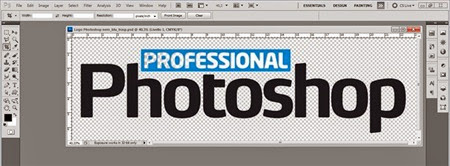
 Prosegue invece la mia collaborazione con
Prosegue invece la mia collaborazione con 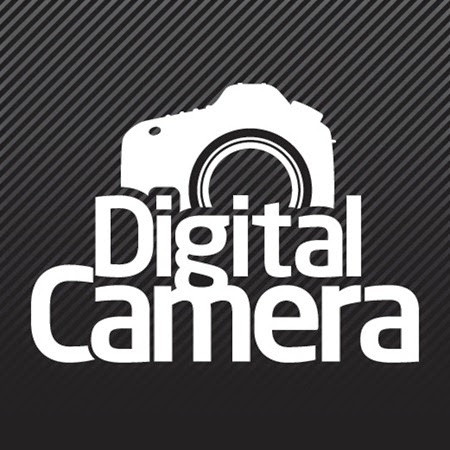
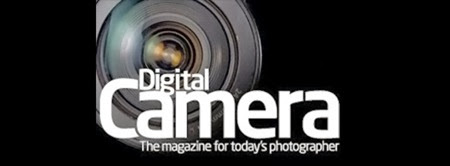
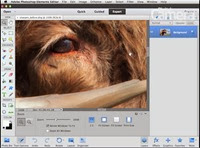
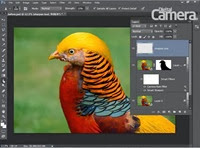
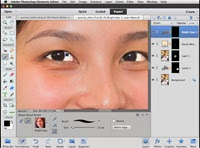
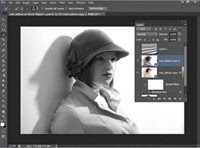
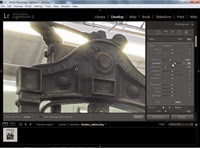
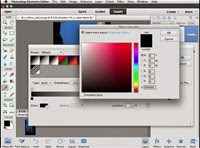

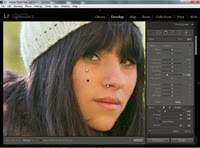
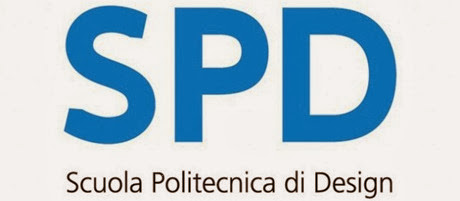

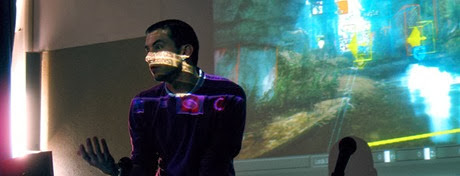
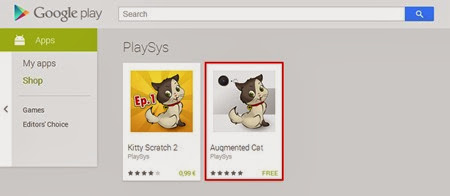
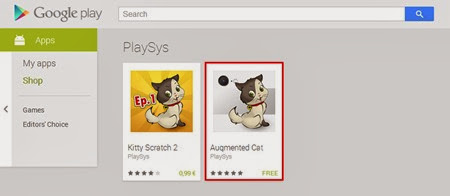
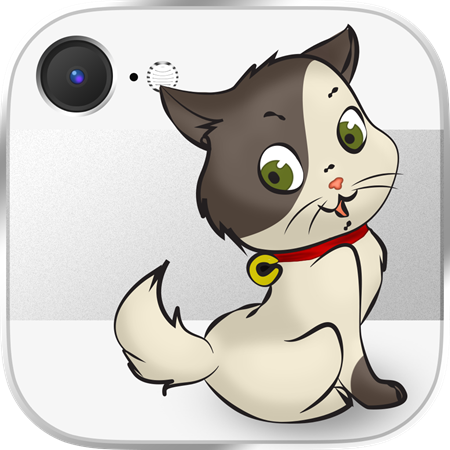
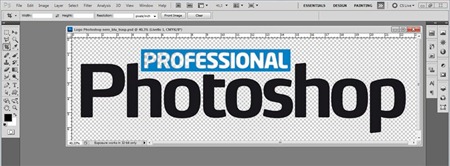











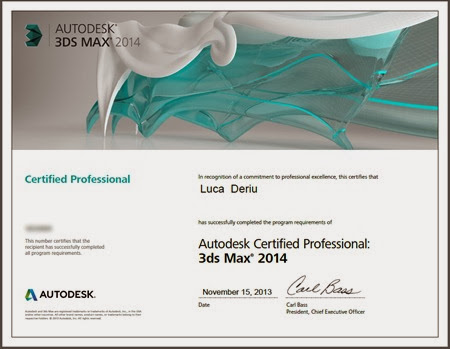
 The exam was quite simple even if quite tricky in some questions, good work Autodesk! I’m sure someone really enjoyed to prepare the questions and scenes 😉
The exam was quite simple even if quite tricky in some questions, good work Autodesk! I’m sure someone really enjoyed to prepare the questions and scenes 😉 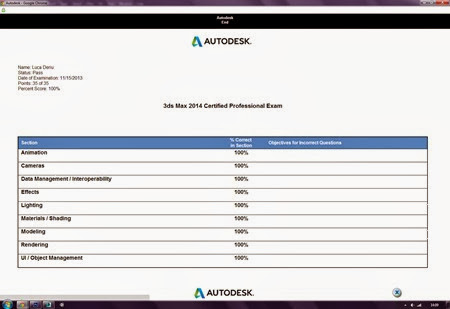 Even if I expect this certifiation will not influence my career, it is for me a big honour and pleasure to be recognized directly by Autodesk…expecially after 3 manuals, 30 hours of video training and 7 years of teaching 😀
Even if I expect this certifiation will not influence my career, it is for me a big honour and pleasure to be recognized directly by Autodesk…expecially after 3 manuals, 30 hours of video training and 7 years of teaching 😀 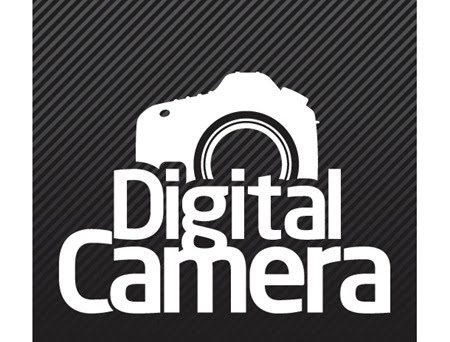
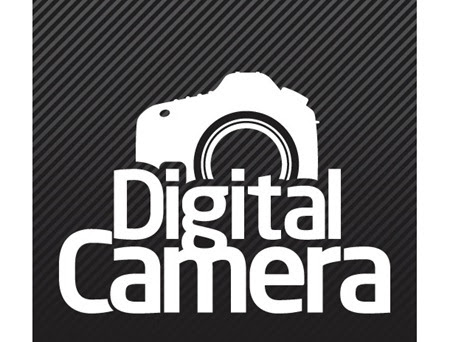 Anche per questa testata, il mio contributo è relativo alla traduzione e doppiaggio dei video tutorial riguardanti
Anche per questa testata, il mio contributo è relativo alla traduzione e doppiaggio dei video tutorial riguardanti 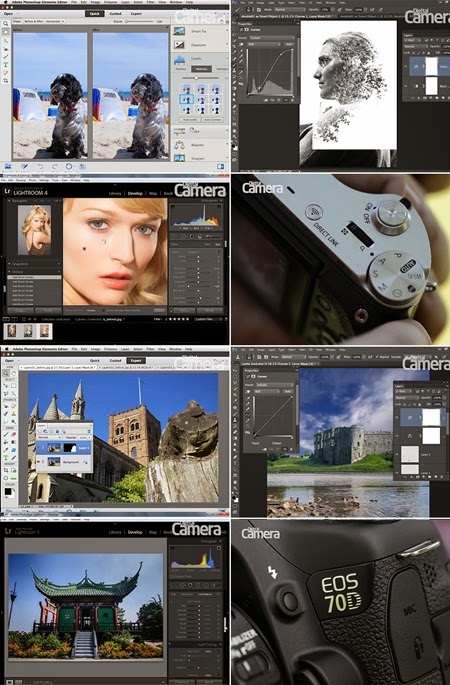 Nel primo numero abbiamo presentato la nuova Samsung NX800, parlato di post produzione avanzata con Lightroom e
Nel primo numero abbiamo presentato la nuova Samsung NX800, parlato di post produzione avanzata con Lightroom e 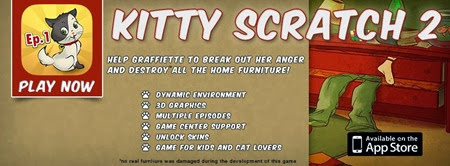
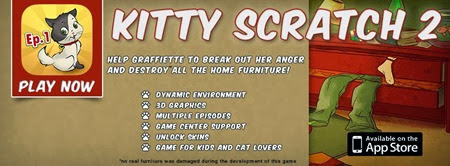
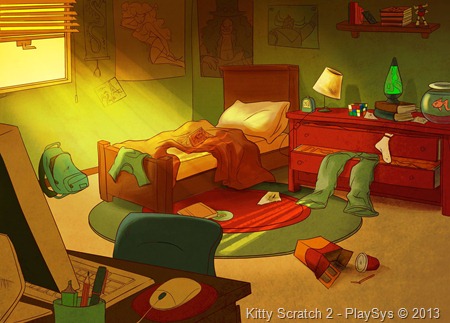
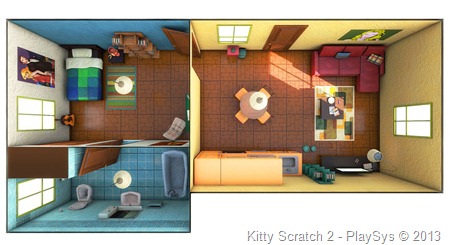
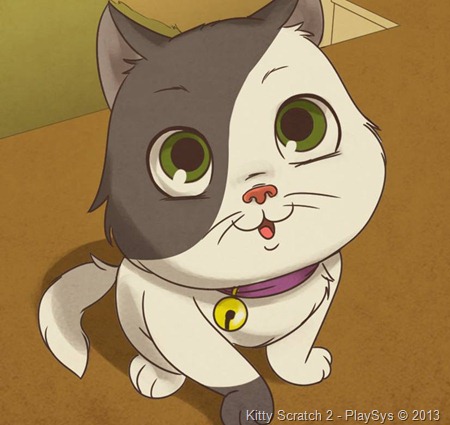







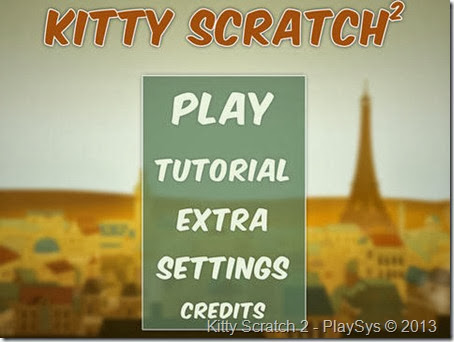 La mia avventura iniziò alla fine degli anni ‘90 con una copia di
La mia avventura iniziò alla fine degli anni ‘90 con una copia di 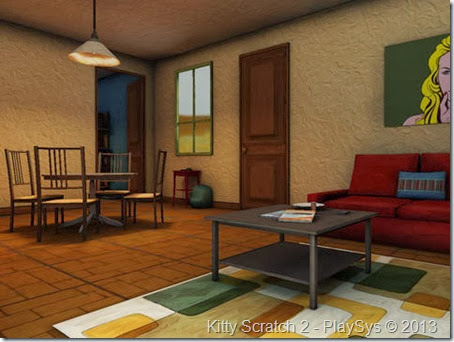 Gli anni passarono e il mio percorso professionale si avvicinò sempre più alla grafica 3D. Chi mi conosce, associa la mia carriera alla grafica 3D, ma in realtà ciò che più mi affascina sono i processi tecnico-creativi che si nascondono dietro alle nuove tecnologie…a quel tempo la grafica 3D e il render fotorealistico rappresentavano una sfida notevole (torniamo al 1998, Kinetix 3d studio max 2, scanline render, photoshop 4 e così via).
Gli anni passarono e il mio percorso professionale si avvicinò sempre più alla grafica 3D. Chi mi conosce, associa la mia carriera alla grafica 3D, ma in realtà ciò che più mi affascina sono i processi tecnico-creativi che si nascondono dietro alle nuove tecnologie…a quel tempo la grafica 3D e il render fotorealistico rappresentavano una sfida notevole (torniamo al 1998, Kinetix 3d studio max 2, scanline render, photoshop 4 e così via). 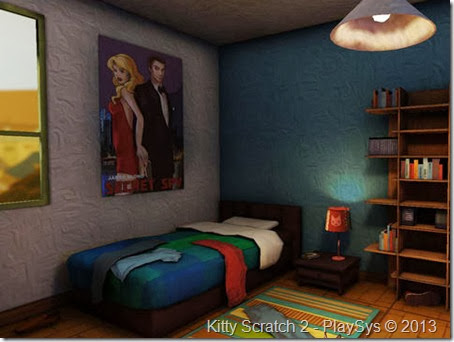 Durante gli anni mi sono avvicinato ad altri engine:
Durante gli anni mi sono avvicinato ad altri engine: 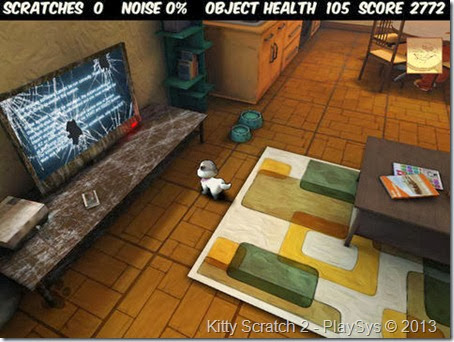 Kitty Scratch 2 rappresenta un nuovo traguardo per me; sono pienamente consapevole che si tratta di un semplice casual game, prevalentemente rivolto ad un pubblico giovane e femminile, ma l’averlo programmato da solo è una soddisfazione incredibile. Ovviamente tutto il gioco è stato sviluppato in team: 9 collaboratori di
Kitty Scratch 2 rappresenta un nuovo traguardo per me; sono pienamente consapevole che si tratta di un semplice casual game, prevalentemente rivolto ad un pubblico giovane e femminile, ma l’averlo programmato da solo è una soddisfazione incredibile. Ovviamente tutto il gioco è stato sviluppato in team: 9 collaboratori di 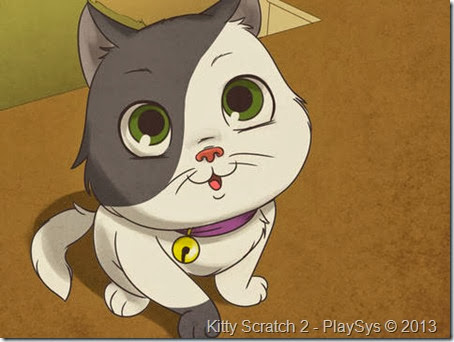 Abbiamo investito parecchie energie per quanto riguarda l’aspetto visivo del gioco: modelli, texture, illustrazioni hanno richiesto un lavoro notevole, così come le colonne sonore, che sono state composte ad hoc per il gioco.
Abbiamo investito parecchie energie per quanto riguarda l’aspetto visivo del gioco: modelli, texture, illustrazioni hanno richiesto un lavoro notevole, così come le colonne sonore, che sono state composte ad hoc per il gioco. 
